Posted on 6/28/2024
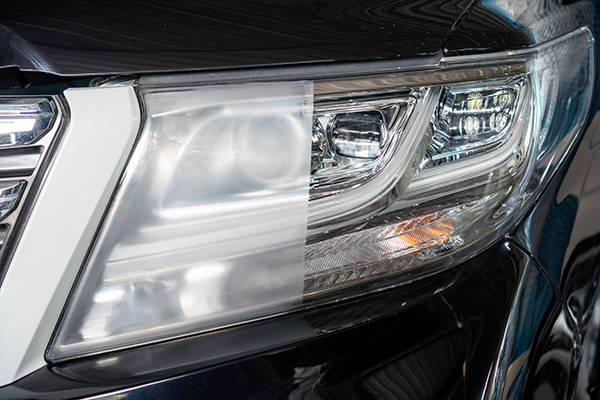
Driving at night can be daunting, especially when your headlights don't provide the clarity you need. You might wonder, "Can I really improve my night visibility with headlight restoration?" The answer is a resounding yes! We will guide you through the benefits of headlight restoration and how it can significantly enhance your nighttime driving experience. Why Headlights Become Dull Over Time Headlights are exposed to a lot of wear and tear. From UV rays to road debris, various factors contribute to their degradation. Over time, the clear coating on your headlights can become cloudy and yellowed, reducing their effectiveness. This not only diminishes your ability to see the road ahead but also impacts the visibility of your vehicle to other drivers. The Science Behind Headlight Restoration Headlight restoration involves cleaning and re-coating the surface of the headlight lens. This process removes the oxidized layer and restores the ... read more
Posted on 5/30/2024
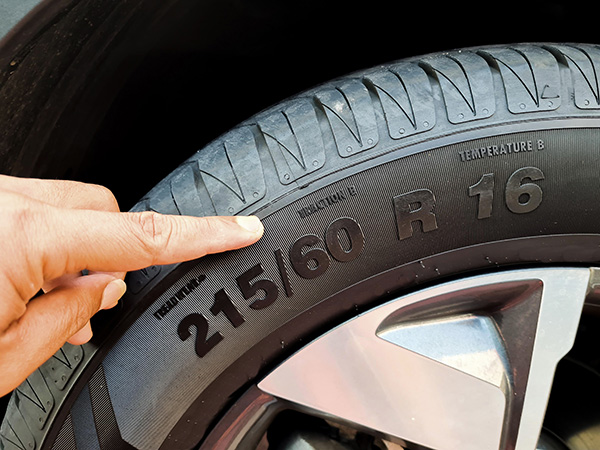
When you glance at your car's tires, you might notice a series of letters and digits imprinted on the side. These aren't just random characters; they hold valuable information about your tires' specifications and capabilities. Understanding these codes can help you make informed tire maintenance and replacement decisions. Tire Size Codes One of the most important parts of a tire code is the size specification. This usually combines letters and numbers such as P 215/60 R16. Here's what each part of this code means: P (or LT, ST, T): This letter indicates the tire type. 'P' stands for Passenger vehicle, 'LT' for Light Truck, 'ST' for Special Trailer, and 'T' for Temporary (spare tires). 215: This number is the tire width in millimeters. It measures the width of the tire from sidewall to sidewall. 60: This is the a ... read more
Posted on 4/29/2024
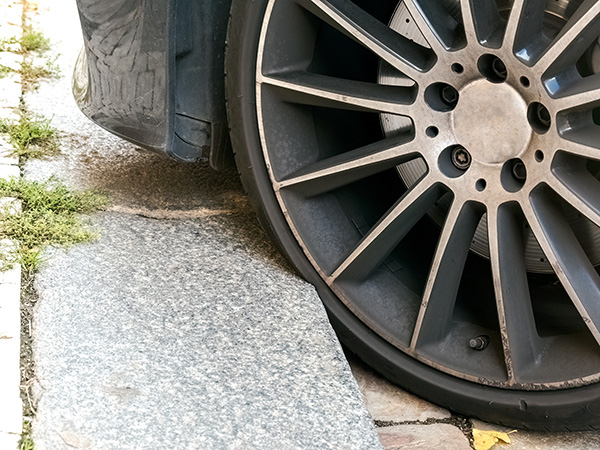
When you accidentally hit a curb while driving, it can be a jolting experience. While the immediate concern may be for your vehicle's alignment or suspension, you must not overlook the potential damage to your tires. Here is how to assess tire damage and identify potential issues after hitting a curb. The Consequences of Curb Strikes Striking a curb can subject your tires to significant stress and impact, potentially leading to various forms of damage. From sidewall bulges and punctures to misalignment and uneven wear, the consequences of a curb strike can manifest in different ways. Inspecting your tires thoroughly after such an incident is crucial to ensure their continued safety and performance. Signs of Tire Damage Visible Sidewall Damage: One of the most apparent signs of tire damage after a curb strike is visible sidewall damage. Inspect t ... read more
Posted on 3/29/2024
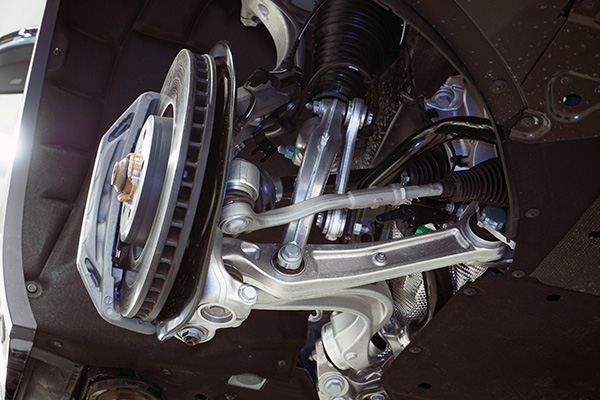
Have you ever wondered what keeps your car moving smoothly down the road? One essential component responsible for this smooth operation is the CV drive axle. Despite its importance, many drivers are unfamiliar with what a CV drive axle is and what role it plays in their vehicle's functionality. What is a CV Drive Axle? At its core, a CV drive axle, also known as a constant velocity axle, is a drivetrain component responsible for transferring power from the engine and transmission to the wheels. It comprises several key elements, including a shaft, CV joints, and boots. The CV joints, or constant velocity joints, allow the axle to flex and move with the suspension while maintaining a constant rotational speed, hence the name. How Does it Work? When you press down on the gas pedal, the engine generates power, which is transmitted through the transmission to the CV drive axle. The CV joints allow the axle to bend and flex as the wheels move up and ... read more
Posted on 3/19/2024
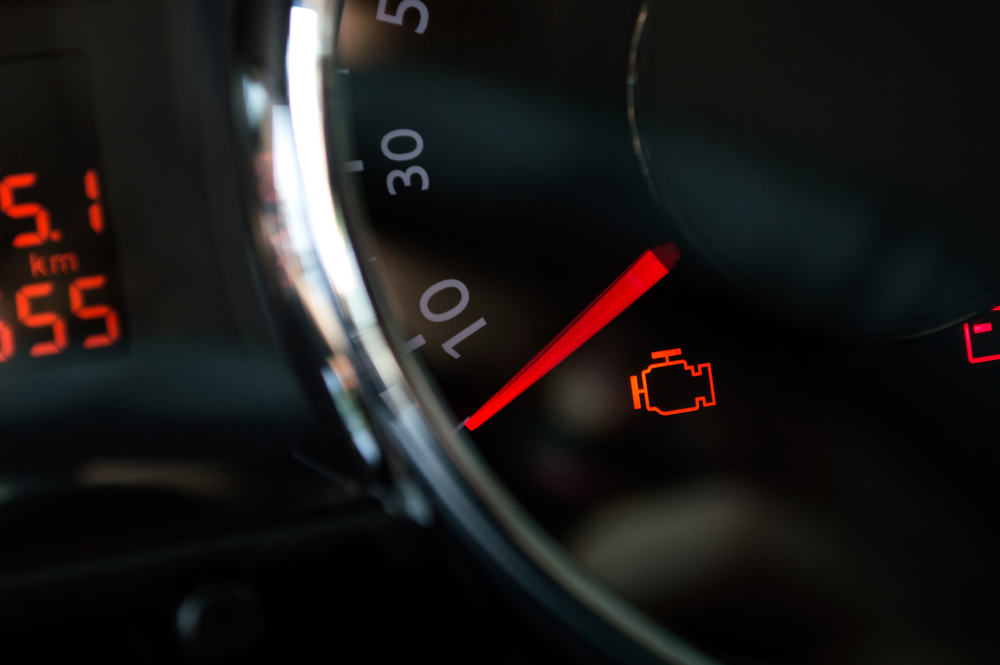
If your car has started pulling to one side or the steering feels off, it may need the wheels aligned. Proper wheel alignment helps optimize fuel economy, safety, tire wear, and handling. You could perform a do-it-yourself (DIY) alignment with some basic tools, but it may not result in professional performance. Here, we will explore the difference between DIY and professional alignment so that you can make an informed decision for your vehicle. Benefits of Professional Alignment Getting your car professionally aligned comes with several advantages. Technicians at an alignment shop use high-quality equipment designed specifically for alignments, like alignment machines with cameras and software. This equipment is precision-calibrated and programmed to match manufacturer specifications for your vehicle.&nb ... read more
Posted on 2/28/2024
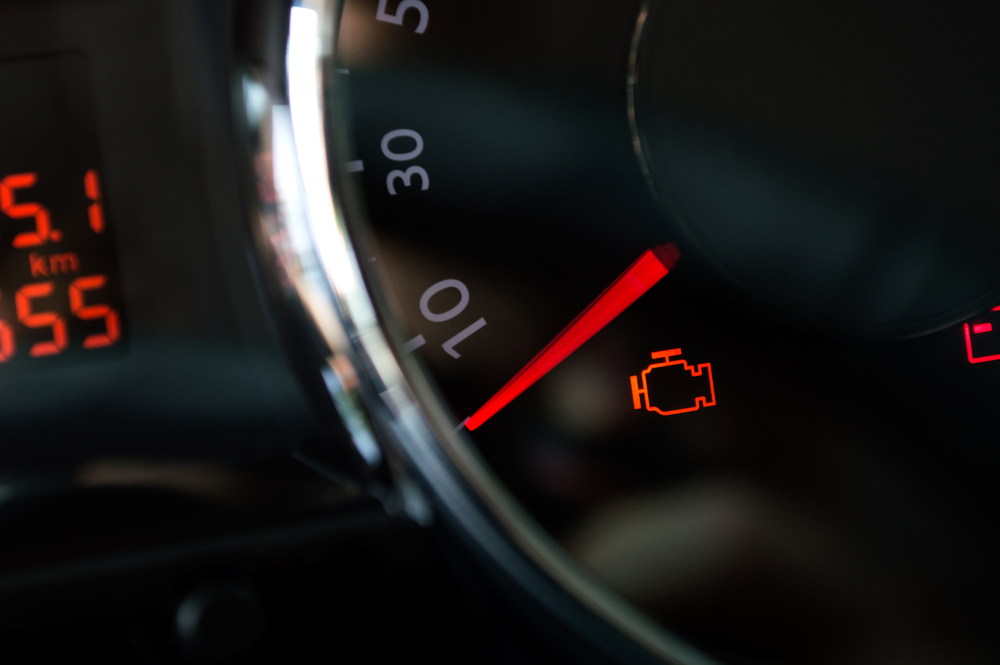
If you see the check engine light appear on your vehicle's dashboard, don't delay taking it in for service. There are a lot of different reasons for this light to come on. While some of those reasons can be minor, a few are very serious. If the light is flashing, that's an indication of a critical failure or problem. It's best not to drive your vehicle at all with a flashing check engine light. Even a light that's steady and not blinking could be warning you of a serious problem, though. Don't settle for crossed fingers and hope. Instead, bring your vehicle in and have it checked out. Then, you can get any issues corrected before they become worse. You don't want to do additional damage to your engine by driving it when there's something going wrong. What Causes a Check Engine Light? A check engine light can come on when there's a critical failure, but also ... read more
Posted on 2/26/2024
.jpeg)
Brakes are the most critical safety feature of any vehicle, ensuring that you can stop quickly and safely whenever needed. However, for your braking system to function correctly, it must be free of air. Air in the brake lines can compromise the system's integrity and your vehicle's safety. Being able to identify the indications of air in your brake lines to keep the brakes of your vehicle functioning properly. Spongy or Soft Brake Pedal One of the most noticeable signs of air in the brake lines is a spongy or soft brake pedal. When you press down on the brake pedal, it should feel firm and responsive. However, if there's air trapped in the lines, the pedal might feel soft or mushy. This happens because air is compressible, unlike brake fluid, and when you press the pedal, the air in the line compresses, ab ... read more
Posted on 1/31/2024
.jpeg)
The concept of a car tune-up can vary among vehicle owners, but the undeniable fact is, sooner or later, your vehicle will require one. Recognizing the signs and understanding the symptoms is key. Let's delve into what these indicators might be. Key Indicators Your Car Needs a Tune-Up Excessive Vibrations Have you noticed your car shaking more than it used to? This could indicate that the engine bearings are wearing out. It's a critical issue that deteriorates further without timely intervention. Illuminated Check Engine Light An activated check engine light or unusual odors from the exhaust, like burning oil or gas, are clear red flags. They signal potential engine issues that demand immediate attention. Acceleration Hiccups Does your vehicle hesitate during acceleration or emit a loud knocking sound, especially in cold weather? These issues often stem from worn-out spark plugs or other ... read more